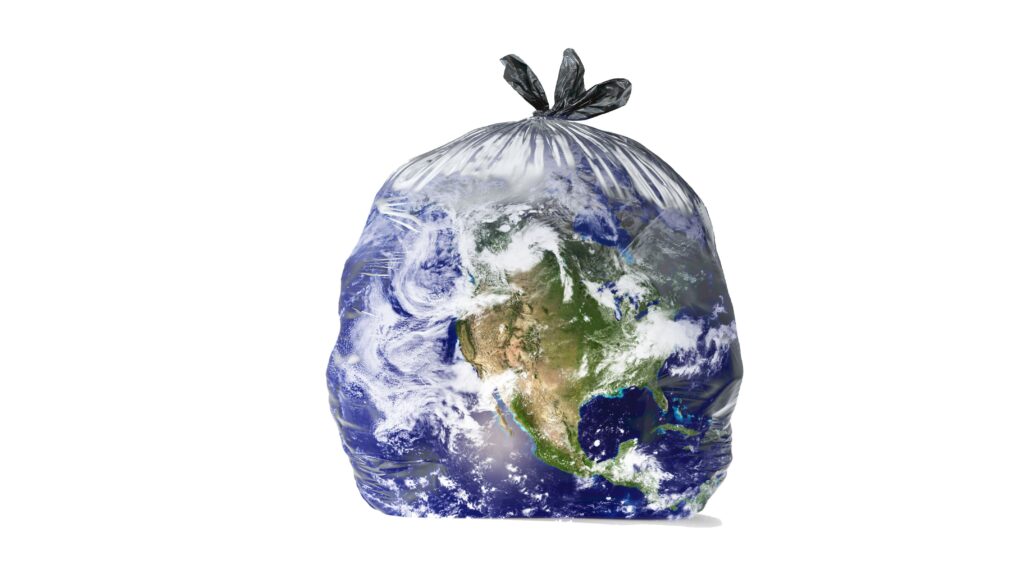Due to its versatility, plastic is used in a wide variety of products around the world, however, it is generating negative impacts on the environment, since less than 10% of the annual production in the world is recycled, the rest ends up in landfills, rivers, seas, and oceans.
Plastic is a synthetic material that has become a fundamental part of our lives. From food and beverage packaging to electronic products, toys, and furniture, plastic is used in a wide variety of products around the world. But, what exactly is plastic and how is it made?
In simple terms, plastic is a synthetic material made of polymers, which are high molecular weight organic chemical compounds. Polymers are composed of long, repetitive molecules called monomers, which are bonded together through chemical bonds to form long and branched chains.
There are various types of plastics, each with specific characteristics that are used for different applications. Some of the most common types of plastics include polyethylene, polypropylene, polycarbonate, PVC, and PET.


The manufacturing of plastics is carried out through a series of processes, including extrusion, injection molding, and blow molding. In extrusion, the plastic material is forced through a nozzle to give it a specific shape, while in injection molding, the plastic is melted and injected into a mold to create a specific shape. In blow molding, the plastic is heated and blown into a mold to create a hollow shape.
Although plastic is a versatile and inexpensive material, it is also having significant negative effects on the environment. Due to its durability, plastic products can take hundreds of years to decompose, which is having a significant impact on natural ecosystems. Additionally, the production of plastics generates greenhouse gas emissions and pollutants.
Each year, more than 300 million tons of plastic are produced worldwide, of which less than 10% is recycled (OECD, 2022).
#Plástico #Polución #Wasthy #BeWasthy #SoyWasthy #Planeta

